Colony of Santa Eulalia
An abandoned socialist utopia built in the late 19th century.
In 1886, Antonio de Padua y Saavedra, the count of Alcudia and Gestalgar, created a self-sufficient commune dubbed the Colony of Santa Eulalia. He based it on the Utopian Socialist movement in Europe, which had aimed to create autonomous towns as an alternative to the bigger cities they felt had been corrupted by the Industrial Revolution.
The colony, situated between the towns of Sax and Villena, operated completely self-sufficiently by growing, processing, and commercializing its own crops using an oil mill, flour factory, and alcohol factory. Besides a mansion for de Padua y Saavedra, who oversaw operations in the summer, Santa Eulalia featured housing for workers, many stores, a theater, a church, and a casino.
Thanks to its location on the railroad line from Madrid to Alicante, the colony enjoyed industrial notoriety until the 1930s, when the Spanish Civil War greatly affected its productivity. The town was almost entirely abandoned by 1940, but the mansion continued to host de Padua y Saavedra and his children into the 1960s, when the family couldn’t afford to maintain the mansion anymore. The surrounding area is a popular destination for tourists, but the colony, once a functioning utopia, sits abrading with time.
Before the town was featured on the local TV show called l’Alquería Blanca, many people were unaware of the history of Santa Eulalia. The program sparked interest in its conservation, and the local government officially declared it a “cultural interest” and promised a restoration program sometime in the future. There are a few restaurants and some houses where locals still live.
Update as of September 2019: Many of the previously accessible buildings have been taped or fenced off. However, the site is still worth a visit.



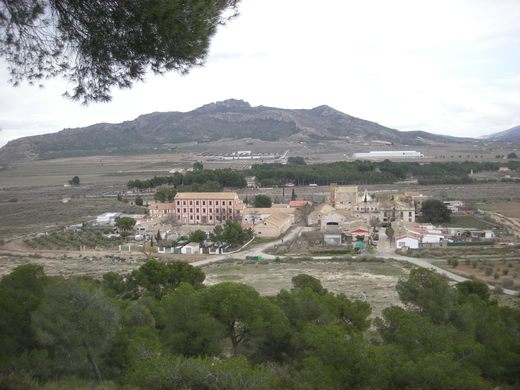









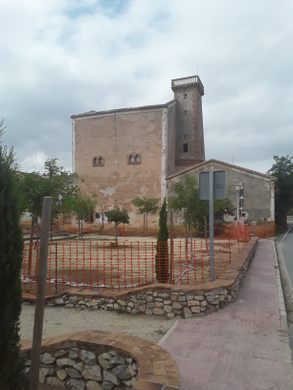

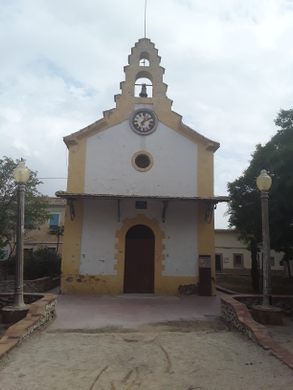
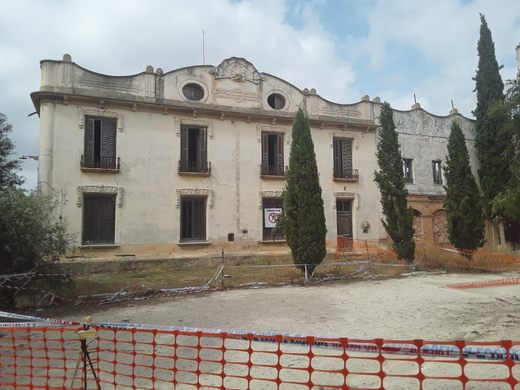




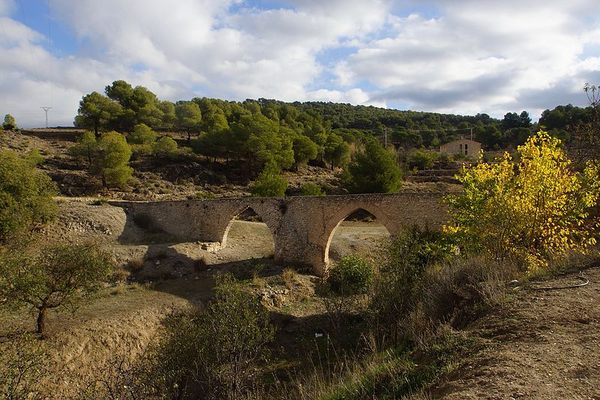


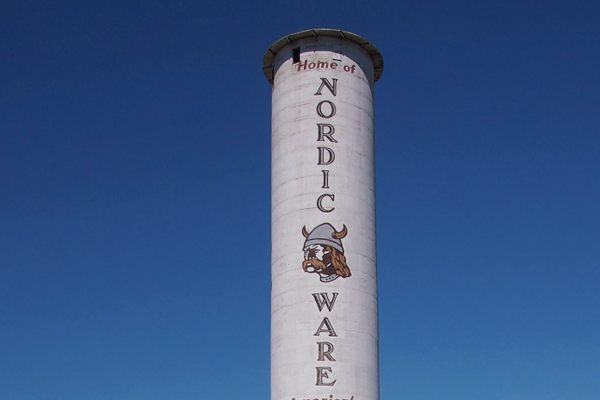
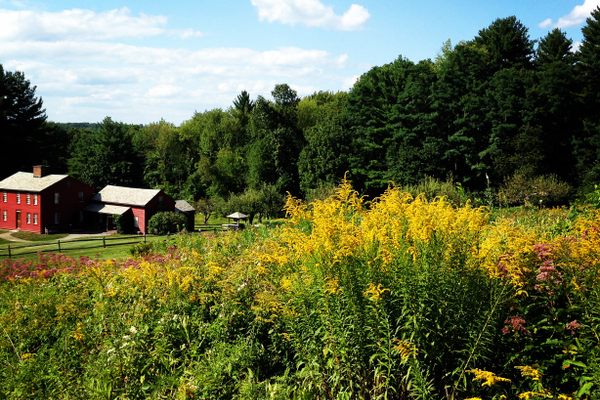


Follow us on Twitter to get the latest on the world's hidden wonders.
Like us on Facebook to get the latest on the world's hidden wonders.
Follow us on Twitter Like us on Facebook